Before reading this article, ask yourself the following questions:
Who gave Gandhiji the title of Father of the Nation?
Why do we say JAI HIND?
Content
Before becoming Netaji : Early life of Subhash Chandra Bose
Netaji Subhash Chandra Bose was born on 23 January 1897, in Cuttack (in present day Odisha), to Janakinath Bose (father) and Prabhavati Bose (mother).

From the beginning of his schooling career, he started criticizing the Missionary Schools of British India as those schools were following English customs of education,while totally ignoring the Indian ideals of Education and destroying the centuries old system of Maths(मठ), and Pathshalas.
In 1909, he went Renshaw College for further studies, and during this time Subhash Chandra Bose started reading about men like Swami Vivekananda (founder of Ramakrishna Mission) and Ramakrishna Paramhans.
Netaji soon started following Vivekananda and decided to work as a Social worker. In his own words:
“I was not going to follow the beaten track, come what may; I was going to lead a life conductive to my spiritual welfare and the uplift of humanity; I was going to make a profound study of philosophy so that I could solve the fundamental problems of life; in practical life I was going to emulate Ramakrishana and Vivekananda as far as possible and in any case, I was not going in for a worldly career. This was the outlook with which I faced a new chapter in my life”
Subhash Chandra Bose
These were the words of Netaji when he discover the Teachings of Indian Philosophers like Vivekananda and Ramakrishana.
In 1913, Netaji he came out second in his Matriculation Examination in the whole university. At the same time, revolutionary activities were in full swing. Netaji secretly joined the revolutionary group of student (who were secretly working possible freedom struggle), due to which he started boycotting his college lectures.
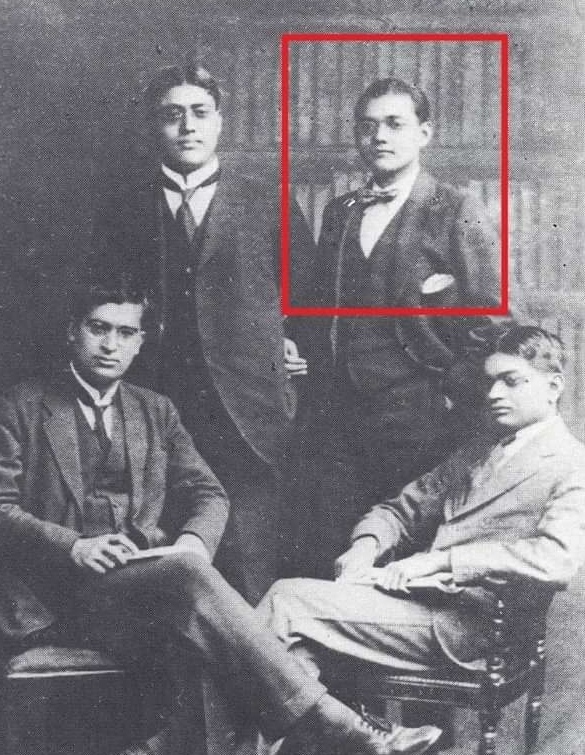
In 1916, his college teacher Mr.O ,who was famous for his rude and misbehavior towards Indian students manhandled some Indian students. Bose complained about the incident to college authorities.
Later Mr.O did the same thing but this time there was a reaction to his action and Mr.O got one or two punches thrown back at him .Bose was watching all this but justified it ,as a result, he was called and rusticated from the college.
Due to this ,he decided to approach the Scottish Church College. His brother- Sharat Chandra Bose ,offered him to go to England and prepare for Civil Services (ICS).
On 15 September 1919 ,he left for England. Later he cracked the civil services and came fourth in exam but he had some other dreams and hence wrote a letter to his brother that he will not join ICS as it is against national interests and resigned from the service.
Netaji returned to India in 1921 and started the newspaper Swaraj and became the leader of Bengal Congress Committee.
Later in the year of 1923, Bose was elected the president of All India Youth Congress. He also became the chief editor of the newspaper named Forward (founded by Chittaranjan Das).
But due to his involvement in nationalist movements, he was arrested in 1924 and sent to Mandalay (in Mynmar) where he became ill due to Tuberculosis. Later in 1927 , he worked with Jawaharlal Nehru as the general secretary of the Congress party.
He also took part in Salt Satyagraha under the leadership of Mahatma Gandhi.
During the mid of 1930’s he traveled to Europe where he met Mussolini, several Indian student and some well-known European leaders.
He briefly observed the rise of Fascism and Communism in Europe. In 1938 ,he emerged as a highly respected nationalist leader who was in favor of attaining Swaraj through violence.
He was twice elected as the president of Indian National Congress in 1938 (Haripur Session) and in 1939 (at Tripuri Session).
When Bose defeated Pattabhi Sitaramayya ,who was supported by Gandhiji in 1939 presidential election of the Congress, Bose decided to resign from the Presidentship of INC.
Note: Reasons why Netaji left Congress.
- It is believed that many Congress leaders pressurized Bose to leave INC.
- After the crushing the First War of Independence (mutiny of 1857) the Divide and Rule policy of the Britishers was working smoothly.
- They divided Bengal in 1905, introduced Minto Morley Reform (Indian Council Act of 1919) which introduced communal electorate for the Muslims.
- Later with the outbreak of World War 2, Indian National Congress again agreed to supply troops from India to help Colonial British empire.
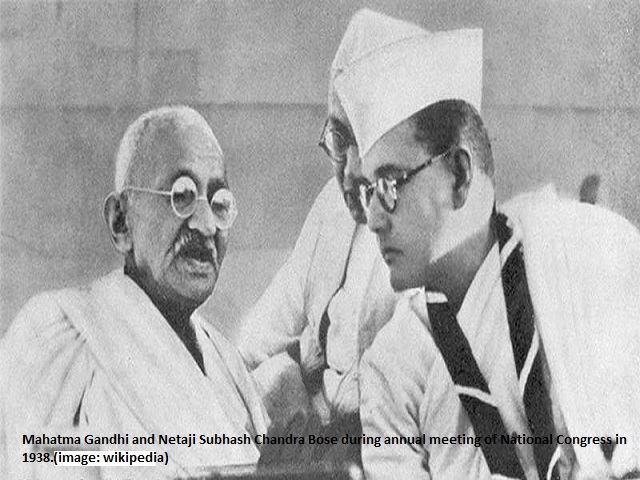
Escaping From India & Setting up of Azad Hind Government & Indian National Army
Netaji closely observed all these incident and was strictly against the views & actions of Congress on these matters. He believed that the British will do the same things as they did in World War 1.
Further after World War 1 , Britishers introduced Rowlatt Act in 1919 and mercilessly conducted the massacre at Jallianwala Bagh (Amritsar).
After the leaving INC, Bose founded All India Forward Bloc and Kisan Sabha.
On 17 January 1941, at 1:25 AM he flew in disguise as a Pathan Muslim to Germany via Afghanistan and the Soviet Union. Initially he went to Russia but at that time Joseph Stalin was not confident enough on India’s unity. From Russia, Bose went to Germany. From Germany Bose addressed India from Azad Hind Radio.
He met Hitler in 1942 in order to gather military assistance for his army. But during 1943, the tides of world war had changed and the Germans were becoming week.

From Germany, he went to Japanese controlled region of Indian Ocean in a submarine (U-180). He reached Singapore and announced the formation of Azad Hind Government and Indian National Army on 21 october 1943.
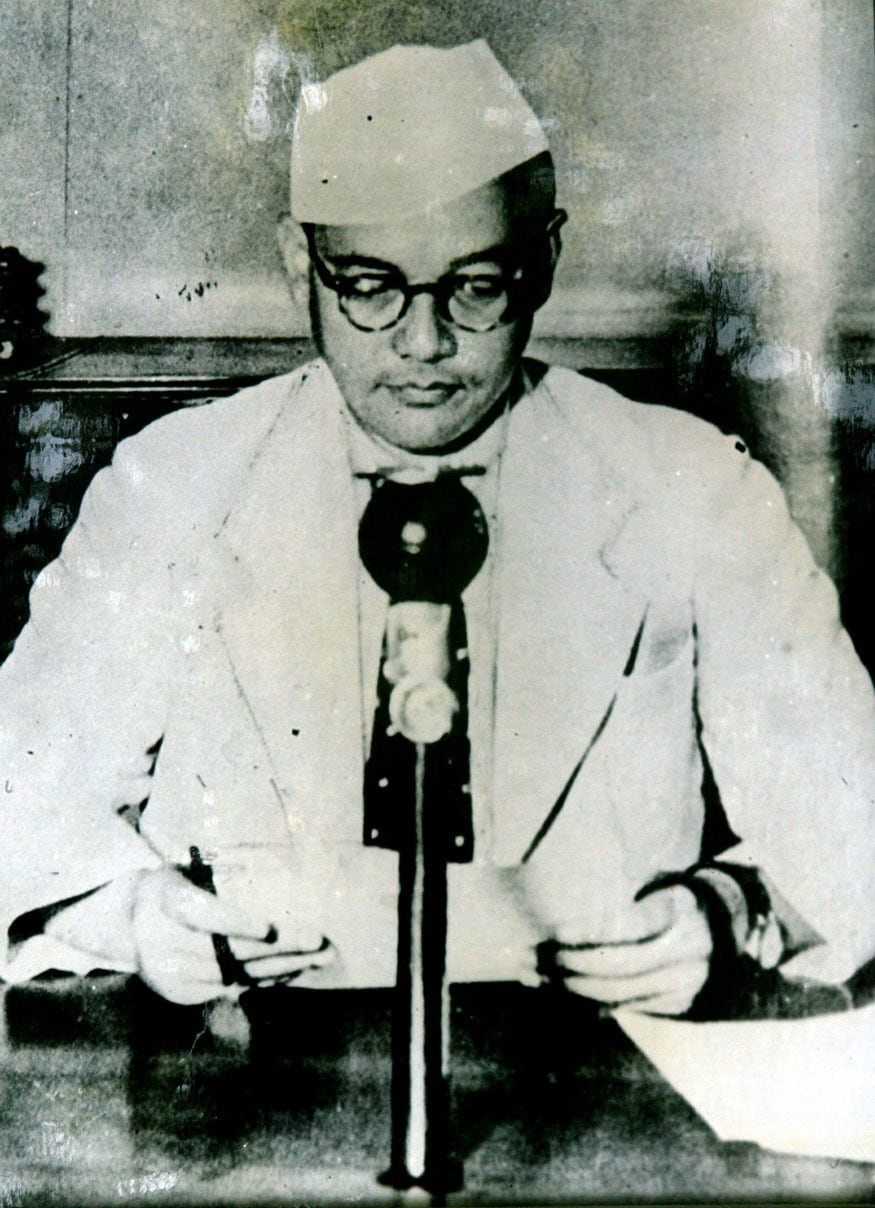
The Azad Hind Fauj was comprised of Indian Prisoners of war and civilians. It had 3 divisions and later grew to 60000.
It also had a separate regiment for women’s unit (Rani Jhansi Regiment) headed by Captain Lakshmi Swaminathan.

On 4 July 1944 Bose gave his famous quote
“Give me Blood
&
I shall give you Freedom”
The Phantom army of Subhash Chandra Bose invaded the Imphal – Kohima region of North East India with the help of Japanese. Netaji wanted his INA to penetrate deep inside the North East region and capture Bengal as soon as possible. He was sure that once the INA entered Bengal and other Indian territories, the British Indian Soldiers would revolt against their White Master and a mass rebellion will occur. Netaji named this program as DELHI CHALO.
The brave but ill-equipped army of Subhash Chandra Bose was defeated and were forced to retreat.
Later on 1945, the British conducted the trials of INA soldiers at Red Fort. Due to this step of the British the fellow Indian soldiers who were serving the British Raj mutinied against their White Masters.
Lal kile se ayi awaz Shegal Dhillo aur Shahnawaz
On 18 February 1946 , Royal Indian Navy Mutiny spread across all the naval ships of British Indian forces. The slogans of Quit India were written on the walls of the naval ships.
After this mutiny the British were confident that there is no hope left for them in India and if they did not leave India peacefully they would be chased out violently by the millions of inspired Indians who idolized Subhash Chandra Bose. For this reason, many people rightly believe that Indian Independence was attained not because of Gandhian movements of Non-Violence but because One man,known to his followers as Netaji, decided to stand up against tyranny and answer the Britishers in a language they understood.
LIKE WHAT WE ARE DOING? DONATE TO DHARMAYUDH !
If you Support what we are doing and would like to contribute to help us grow and reach more Indians to teach them more about such forgotten historic Indian Heroes and stories, please consider donating any amount. It will help us grow

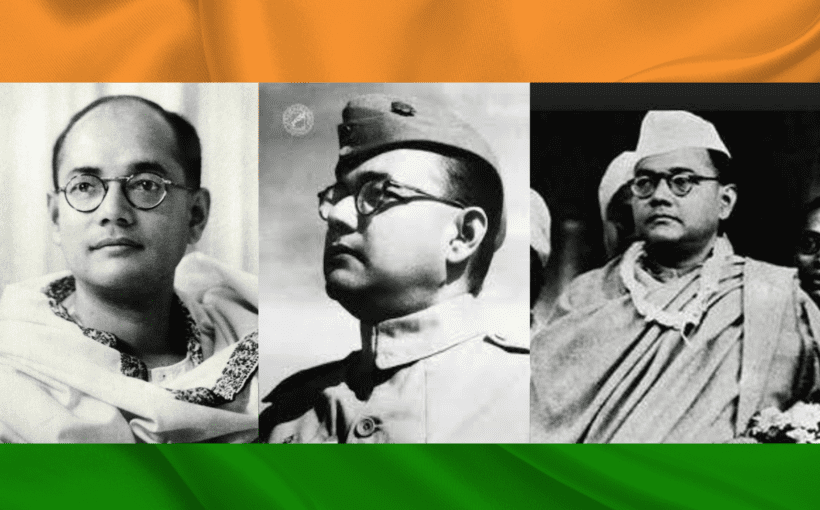
One comment